The Real Reason Your Home Is Cluttered (And How to Finally Fix It for Good)
After years in the organizing trenches, I’ve seen it all, from tiny city apartments to massive suburban homes. And I can tell you one thing with absolute certainty: Clutter isn’t about your stuff. It’s about the decisions we’re putting off. In every home I’ve walked into, the feeling is the same—people feel stuck and completely overwhelmed by the sheer volume of their possessions. What they need isn’t another checklist of things to toss. They need a real system to reclaim their space and, honestly, their sanity.
In this article
This isn’t about creating some sterile, magazine-perfect house that nobody can actually live in. The goal is to build an environment that supports you, not one that constantly drains your energy. What I’m about to share is the exact method I use with clients, a process that’s been tweaked and perfected over time. We’re going to go way beyond just tidying up; we’re going to build a lasting framework for managing your home.
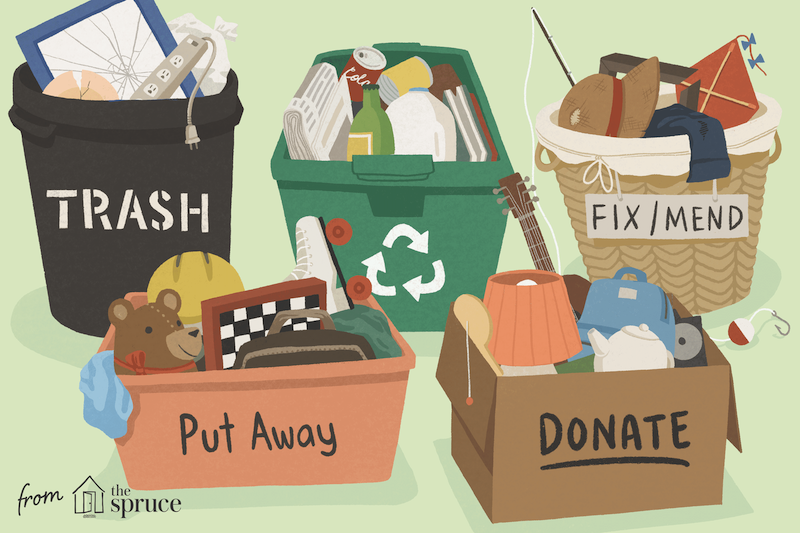
Why Is This So Hard, Anyway?
Before we even think about touching a single item, let’s talk about what’s happening in our heads. Clutter is more than just a physical mess; it carries a real psychological weight. Think of it this way: your brain is a computer processor, and a cluttered room is like having 50 programs running at once. It bombards the part of your brain responsible for focus and decision-making, leading to stress and exhaustion. It’s no wonder that just thinking about decluttering can make you want to take a nap.
We also get attached to our stuff. The experts call it the ‘endowment effect’—we automatically think something is more valuable just because we own it. This usually boils down to a few core feelings: a sentimental link to a memory, the fear you might need it “someday,” or the item representing a version of yourself you hope to be (like that dusty guitar in the corner).
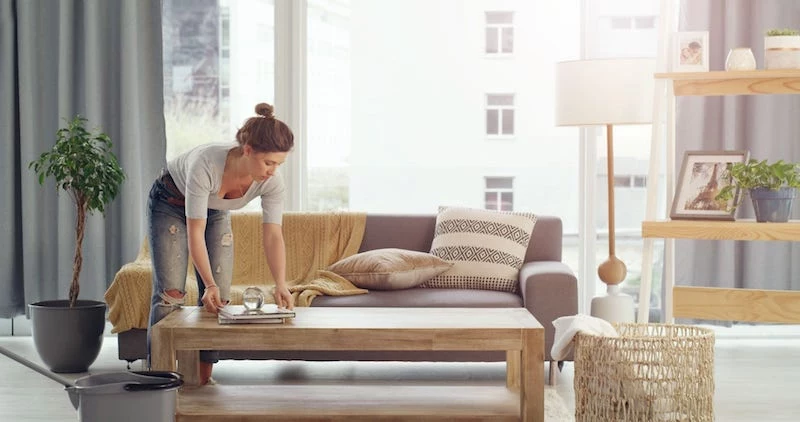
Acknowledging these feelings is step one. We’re not trying to crush them; we’re just creating a system to work with them. Here’s a little trick for those “I might need it someday” items. It’s called the 20/20 Rule. Ask yourself: Can I replace this for less than $20 in less than 20 minutes? If the answer is a resounding yes, you have permission to let it go.
The Pro’s Toolkit: Prep for Success
Amateurs just dive in and start making piles. The pros? We get the workspace ready first. This simple step is what keeps you from burning out halfway through. Before you tackle a room, get these supplies together so you don’t break your momentum.
First, you’ll need four sturdy boxes or bins. Label them clearly with a thick marker: KEEP, RELOCATE, DONATE/SELL, and DISCARD. Using open totes is way better than black bags, as you won’t accidentally toss the wrong pile. You can get a set of four basic plastic totes at places like Target or Home Depot for about $30.
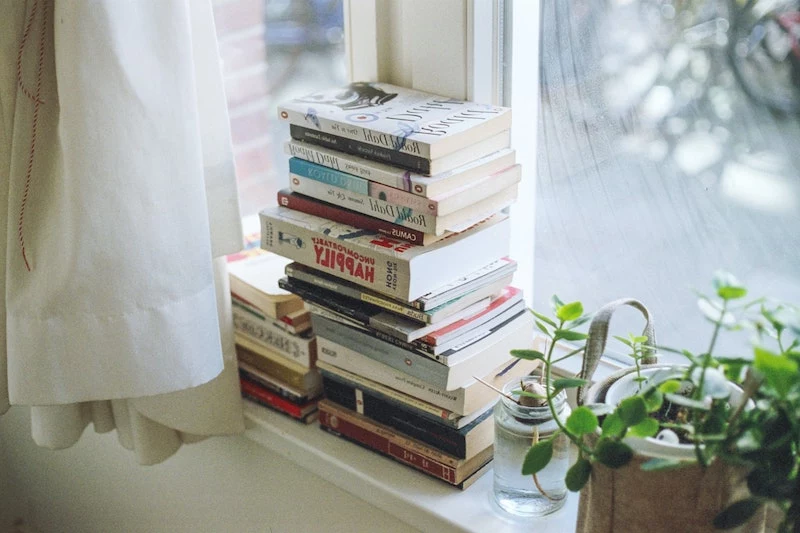
You’ll also want some heavy-duty trash bags for the stuff that’s truly garbage, plus some basic cleaning supplies—a vacuum, dust cloths, and an all-purpose cleaner. As you clear a shelf, clean it right then and there. It’s a huge psychological boost. Oh, and a quick tip: I always recommend gloves and a dust mask, especially for garages or basements. You never know what you’ll find.
A quick word on timing: Be realistic. Trying to declutter your entire house in one weekend is a surefire way to fail. A moderately cluttered room can easily take 4-6 hours. So, start small. Seriously.
Feeling totally overwhelmed? Forget the whole room. Take just 15 minutes and tackle ONE thing. Clean out your junk drawer. Organize the medicine cabinet. Clear off one countertop. That small, quick victory will give you the dopamine hit you need to keep going.
The Core Method: Touch It Once
The golden rule is to touch each item only once. Pick it up, make a decision, and put it in its designated box. Do not, under any circumstances, create a “maybe” pile. A maybe pile is just organized procrastination.
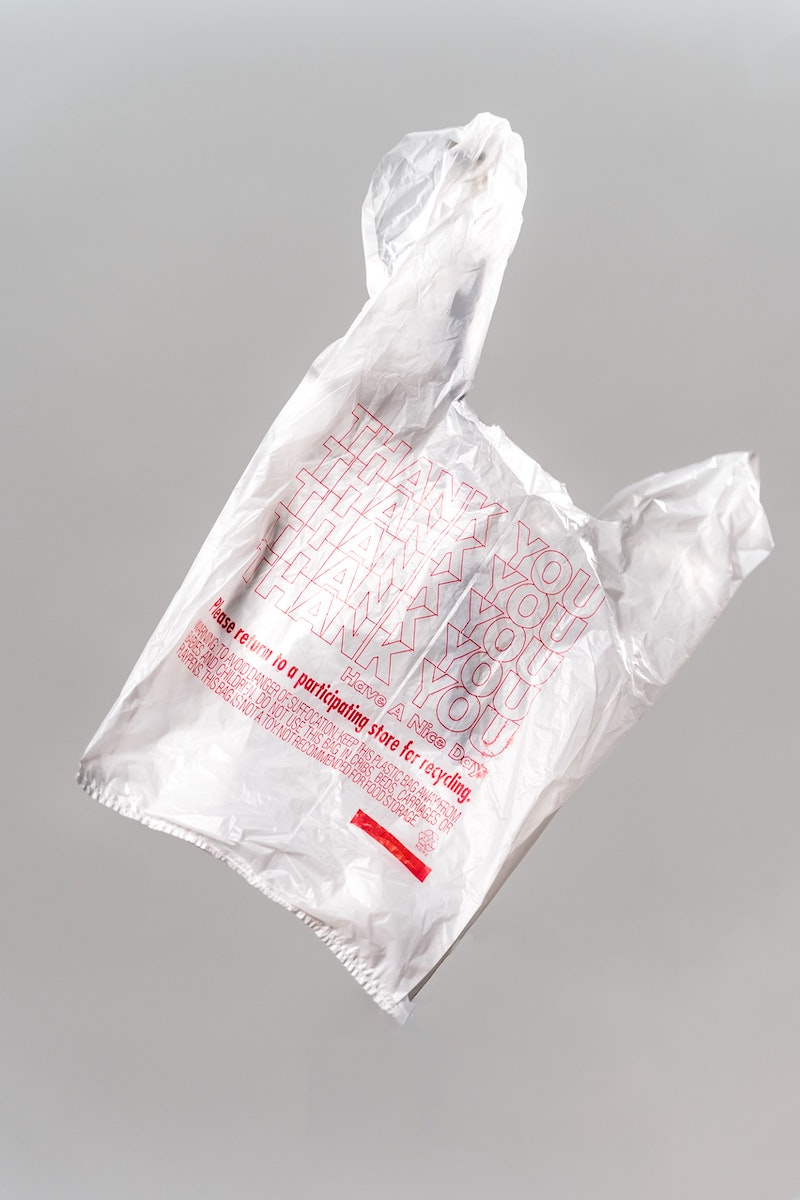
1. The KEEP Box
This box should be the toughest one to fill. An item only gets to stay if it answers a firm ‘yes’ to at least one of these questions:
- Do I use this regularly? Be brutally honest. Not ‘will I use it,’ but ‘do I actually use it?’ For kitchen stuff, that means in the last six months. For clothes, in the last year.
- Does this bring me genuine joy? We’re talking about a real, positive feeling. That beautiful piece of art? Yes. The chipped mug your aunt gave you that you feel guilty about? Nope.
- Is it irreplaceable? Family heirlooms, original photos, and things with deep personal meaning go here. A screwdriver you could replace at any hardware store for five bucks does not.
And here’s the non-negotiable rule: Everything in the KEEP box must have a permanent, designated home. If it doesn’t, it’s just future clutter.
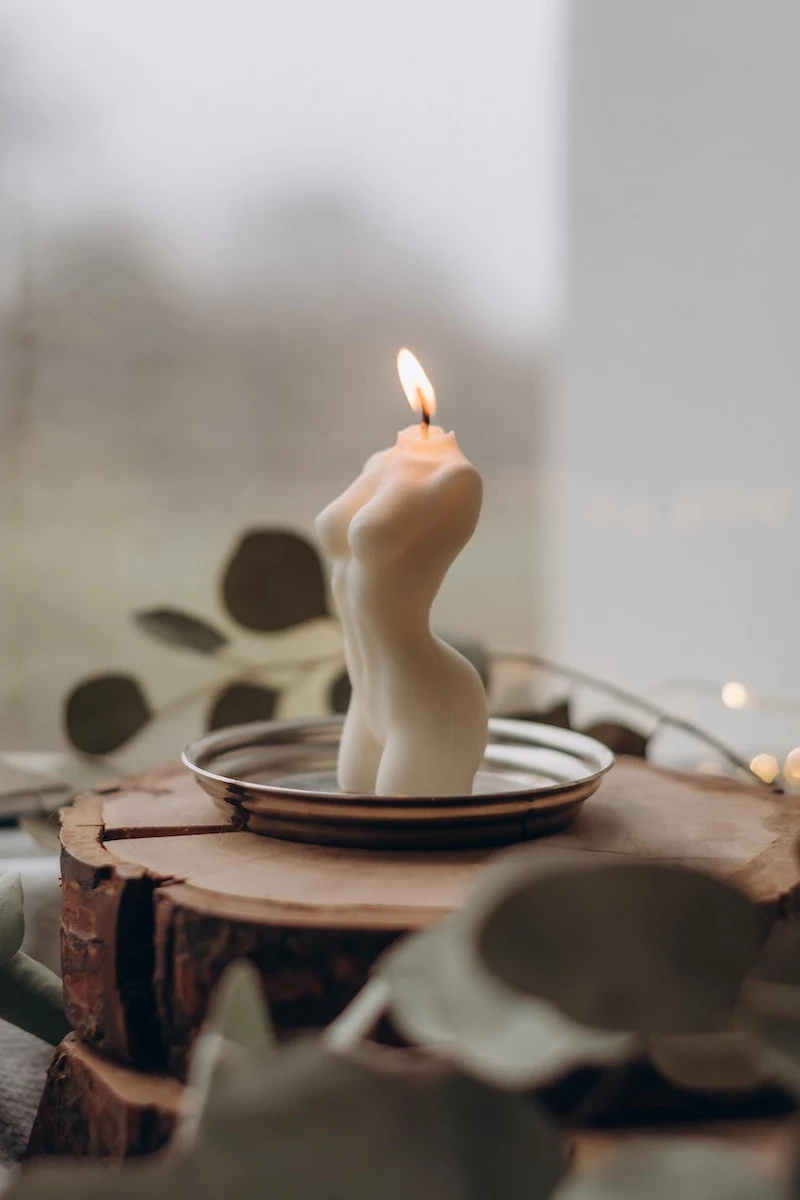
2. The RELOCATE Box
This is your ‘action’ box, and it’s a lifesaver for your focus. This is for anything you’re keeping, but that’s in the wrong place—screwdrivers in the kitchen, books in the bathroom, you get it. Instead of getting sidetracked by walking a single pair of scissors back to your desk, you just pop it in the RELOCATE box and keep sorting. At the very end, you take 15 minutes to empty this box, delivering everything to its proper home.
3. The DONATE/SELL Box
This is where your old stuff gets a second chance. But once this box is full, it can feel like another paralyzing task. So, what now?
Here’s a hack I swear by: As soon as you fill a donation bag or box, put it directly into the trunk of your car. Don’t let it sit by the door for a week. The next time you’re out running errands, you can drop it off without making a special trip. It gets it out of your house immediately.
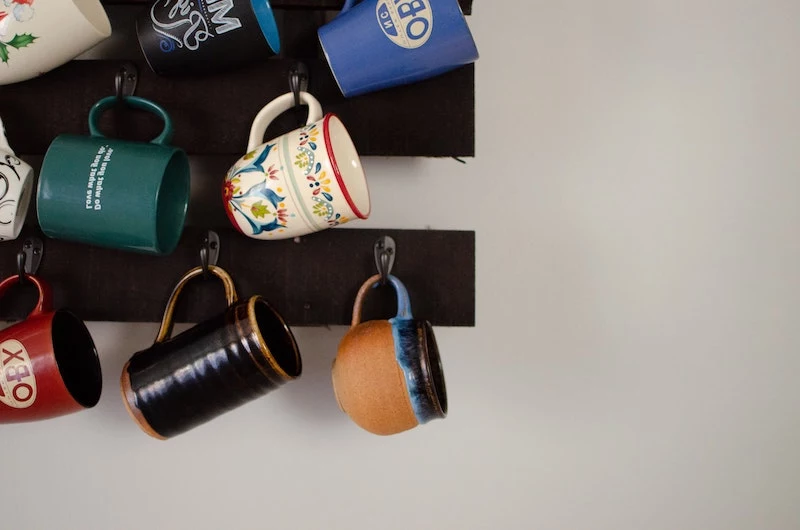
For selling items, be realistic. A pro-level trick is to go on eBay, search for your item, then scroll down the filters on the side and check the “Sold Items” box. This shows you what people have actually paid for it, not just what sellers are asking. For most common household goods, your time is probably better spent just donating.
4. The DISCARD Box
This is for things that are broken, expired, or unsanitary. But be responsible with what you toss.
A critical heads-up! Never just throw these in the regular trash:
- Electronics (E-waste): These have heavy metals. Most towns have e-waste recycling days, or stores like Best Buy will take them.
- Batteries: They can leak acid. Look for recycling bins at hardware or electronics stores.
- Old Meds: Don’t flush them! Ask your local pharmacy about take-back programs.
- Paint & Chemicals: This is hazardous waste. Check your town’s website for disposal guidelines.

Tackling the Toughest Clutter Zones
Every home has them. Here’s how to deal with the biggest culprits.
Paperwork & Digital Clutter
Paper is the number one clutter invader. The best defense is a simple three-part system: an ‘Action’ file for bills and forms you need to handle, an ‘Archive’ file for critical documents (tax records, deeds, etc.), and a ‘Recycle/Shred’ bin for everything else. For the archive, I recommend a fireproof, waterproof lockbox. You can find a good one for around $35-$50.
For anything with personal info, you absolutely need a cross-cut shredder. This cuts paper into tiny, unreadable pieces, protecting you from identity theft. A solid one for home use will run you about $40-$60 at any office supply store, and it’s worth every penny.
And let’s not forget our digital lives! The same principles apply. Unsubscribe from junk email relentlessly. Delete photos that are blurry or duplicates. Organize your computer files into clear, simple folders just like a physical filing cabinet.

The Kitchen and Sentimental Items
The kitchen is often full of ‘aspirational clutter’—the pasta maker you used once, the juicer that’s a beast to clean. Be ruthless. If a gadget doesn’t earn its keep, out it goes. For food containers, if you can’t find a matching lid in 30 seconds, recycle the container. I promise, the lid isn’t coming back.
Sentimental items are the hardest. The solution isn’t to get rid of the memories; it’s to curate them. Create a ‘memory box.’ Instead of keeping 50 of your child’s drawings, choose the five best. To make it feel special, get a beautiful wooden box from a craft store or a 12×12 scrapbook box. This turns a dusty pile of stuff in the attic into a treasured collection you can actually enjoy.
The Elephant in the Room: When Your Partner or Kids Are the Problem
This is a big one. What do you do when the people you live with aren’t on board? You can’t force them, and honestly, trying to will just lead to fights.
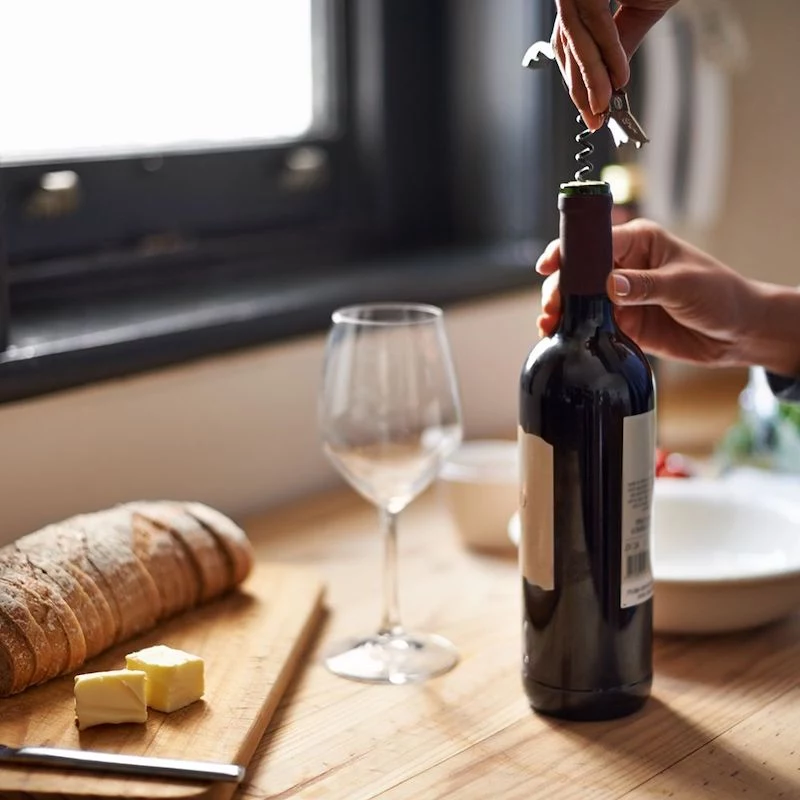
The best approach is to lead by example. Focus exclusively on your own stuff first—your side of the closet, your desk, your hobby supplies. When they see how much calmer and more functional your spaces become, they might get curious. Don’t declutter their things without permission; it breeds resentment. Instead, try creating shared ‘clutter-free zones.’ Agree that the kitchen island or the dining table will always be kept clear. It’s a start, and it builds momentum for bigger changes.
Making It Last: From a One-Time Purge to a Lifelong Habit
A big declutter feels amazing, but lasting change comes from building new habits.
First, set up a processing station near your main ‘clutter entry points’—usually the front door or garage. A small recycling bin and a shredder right by the door can stop junk mail in its tracks. Second, practice the ‘5-Minute Reset’ every evening. Before bed, take five minutes to put things back where they belong. It’s a tiny habit that prevents chaos from building up. Finally, schedule a ‘Quarterly Review’ on your calendar. Just one hour, four times a year, to quickly go through a known problem spot like the pantry or your closet. It’s maintenance, and it’s what keeps you from ever needing a massive overhaul again.
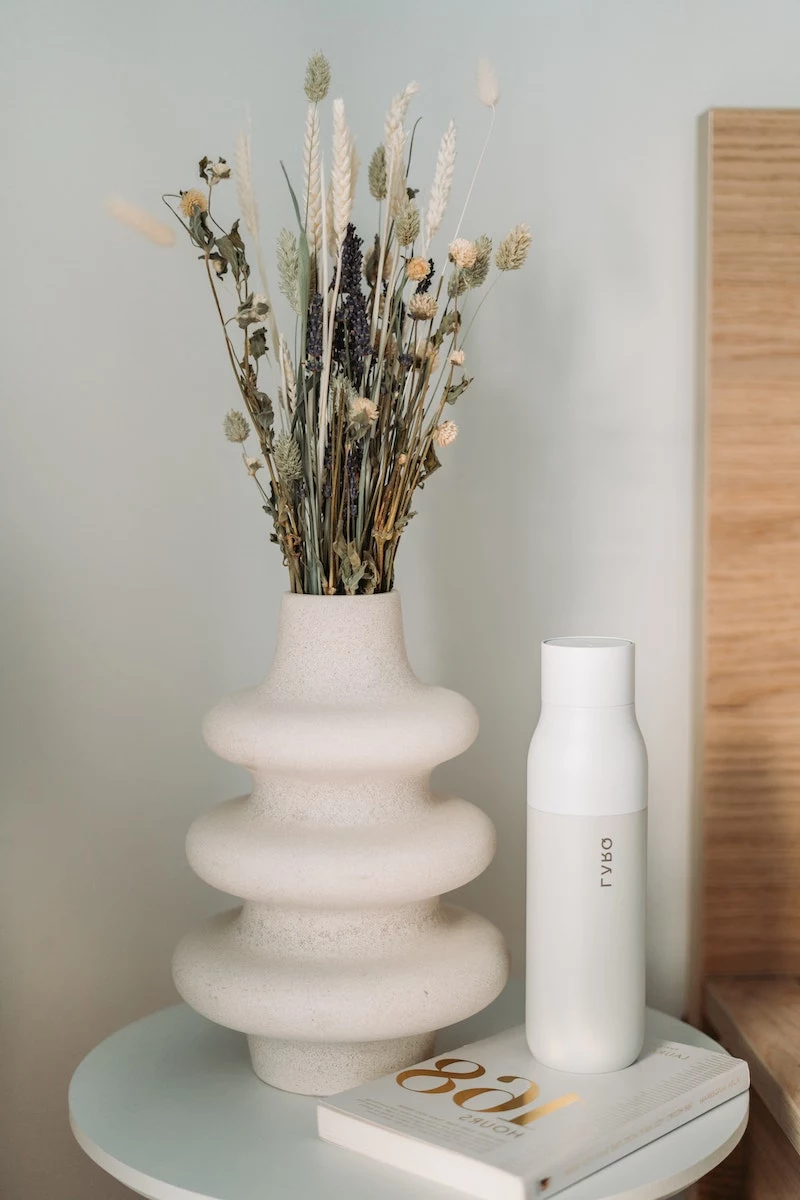
Inspirational Gallery

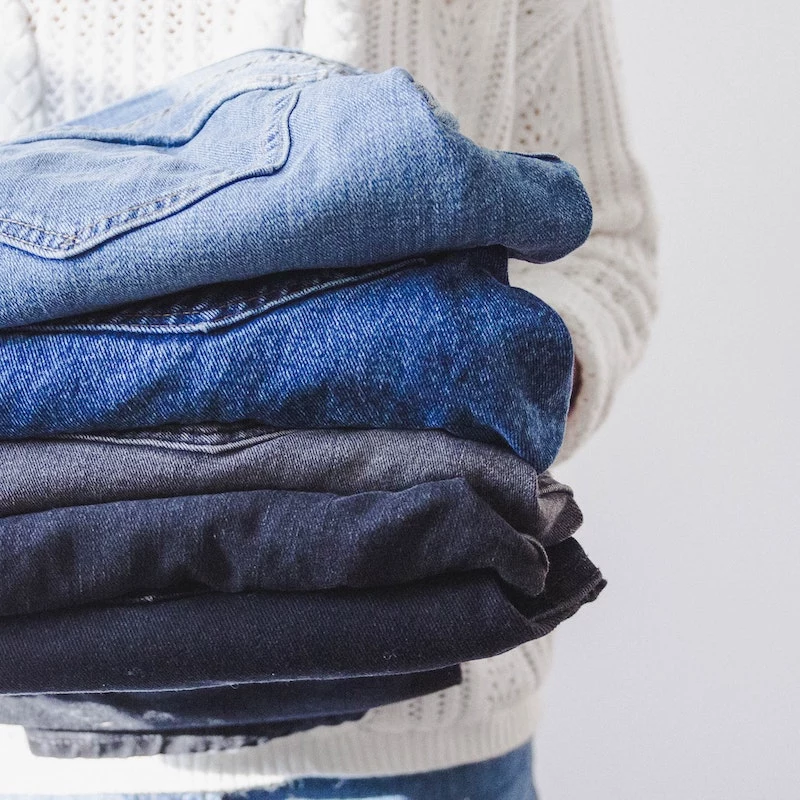
The Los Angeles Times reports the average American home contains 300,000 items.
This isn’t just a storage problem; it’s a cognitive one. Each of those objects competes for your attention and requires a micro-decision: keep it, clean it, use it, or move it? By reducing the sheer volume of possessions, you’re not just clearing a room—you’re freeing up mental bandwidth and reducing the constant, low-grade stress of decision fatigue.
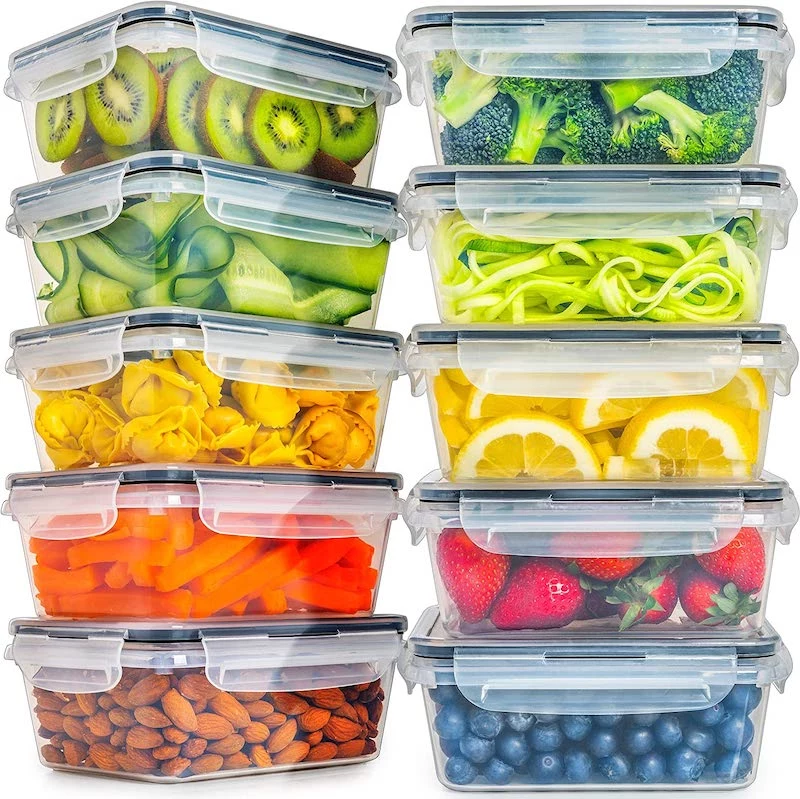
What about items that are too sentimental to toss but too bulky or awkward to display?
Create a dedicated ‘memory box.’ This isn’t a junk drawer; it’s a single, beautifully chosen container for your most precious, non-functional keepsakes—a child’s first shoes, concert tickets, meaningful letters. The act of curating what truly deserves a spot in the box honors the memory without letting it clutter your daily life. The box itself can become a decorative piece on a high shelf.
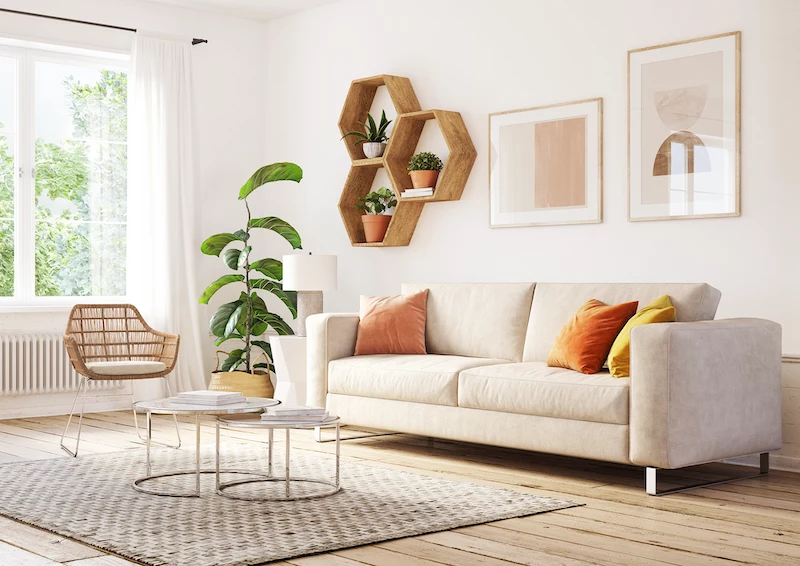
Clear Glass Containers: The champion for leftovers. They don’t stain or retain odors from foods like tomato sauce or curry, and you can see exactly what’s inside, preventing food waste. Brands like Pyrex offer oven-safe options for true one-dish convenience.
Airtight Plastic Containers: Unbeatable for pantry organization. Lighter and less breakable, they’re perfect for dry goods. A uniform set, like the popular OXO Pop containers, creates visual calm and stacks efficiently to maximize shelf space.
- Prevents clutter from ever returning.
- Turns shopping into a mindful, conscious choice.
- Keeps closets and shelves from becoming overstuffed.
The secret is adopting a strict ‘one-in, one-out’ policy. For every new piece of clothing, book, or kitchen gadget you bring home, a similar, older item must be donated or discarded. It’s the ultimate gatekeeper for your newly organized space.










